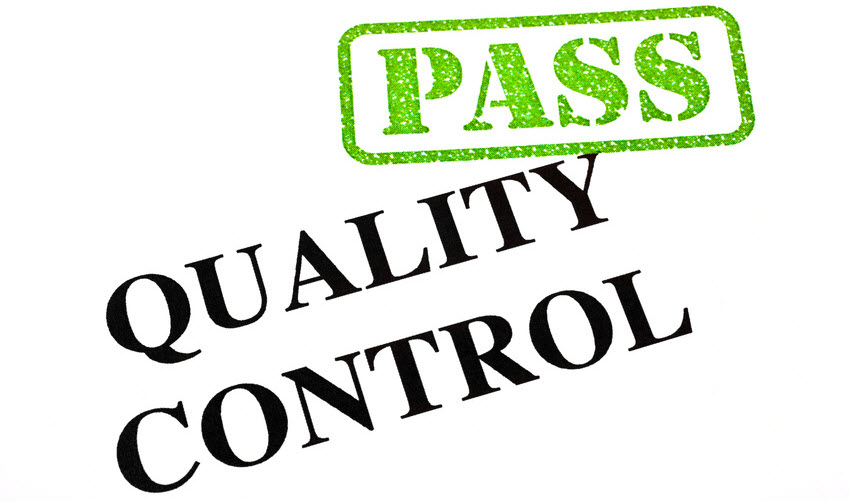From a manufacturing and production point of view, a couple of things matter as much to the integrity of your image as quality control. Without this, you’ll lose credibility and could confront much stiffer results from regulatory bodies. It is safe to say that you are doing what’s necessary to guarantee quality in this department and looking for ways to improve quality control.
Enhancing Quality Control
The terms ‘quality assurance’ and ‘quality control’ regularly get tossed around together. And keeping in mind that they are connected, they can’t be utilized interchangeably. One occurs before improvement or manufacturing, while alternate happens after.
Quality Assurance exercises are distinguished before work starts on the item and these exercises are finished while the item is being produced.
In this article, we will focus around some ways to improve quality control toward the front, with the goal that you don’t get yourself into a tight spot in the corner. Every organisation is different, however driving organisations regularly utilize the accompanying ‘secrets’ to improve their quality control works.
Five Ways to Improve Quality Control
Below mentioned are the 5 ways to improve quality control.
1: Hire Competent People
Quality control begins and finishes with people. On the off chance that you have unfit individuals on your staff, you will miss the mark every time. If you have talented experts who comprehend what it takes to plan and complete quality control strategies, you’ll end up with much better results.
Competency may seem like something that is genuinely simple to drop by in the enlisting procedure, yet you’ll be astounded by how uncommon it truly is. Competent quality control workers have a solid blend of knowledge, skills, experience, and past knowledge.
2: Define Better Processes
Do you know about the Pareto principle? It expresses that the majority of things throughout life and business aren’t conveyed equitably. In particular, it clarifies that 20% of sources of input produce 80% of the outputs.
While the Pareto principle can be connected in various areas of your organisation, it’s useful to look at it through the setting of value control. Roughly 20% of the moves you make during production and improvement influence 80% of the outcomes.
By outlining forms that immaculate and streamline the 20%, you can appreciate much better outcomes. This will spare time, energy, and money over the long term.
3: Be Specific With Employees
Overseeing people doesn’t stop with hiring. Keeping in mind the end goal to get the most out of your quality control processes, you must be clear with representatives and put resources into preparing that rouses and sets them up to execute as per design.
Unmotivated employees with low morale are probably going to deliver a substantially poorer item than motivated workers with high confidence are. The absence of satisfactory worker preparing can likewise fundamentally lessen the nature of any item or organisation.
When the employees think quality control is simply one more box to be verified with a specific end goal to fulfil corporate, they wouldn’t give genuine thoughtfulness regarding the procedures and convention you lay out. They have to realize that you organize it and think about the result.
4: Repeatability
Repeatability plays a major part in quality control. ‘If you’ve accomplished something with supreme success previously, you need to keep doing it that way,’ That’s the reason it’s imperative to document forms, as it gives a benchmark comprehension of what you do and how you do it.
Repeatability is imperative, yet you can’t escape with it. Because something works, doesn’t mean you can leave it alone. Continuously return to each part of value control, even the ones that have truly turned out to be solid, as you never know when something will change for the worse.
5: Leverage the Power of Automation
Quality control is tied in with mechanizing what you can and sparing your vitality for the modest bunch of tasks that require manual inclusion. Gratefully, there are huge amounts of automation tools available today.
The key is to invest energy reviewing the computerized arrangements you pick. Search out system and arrangements that serenely incorporate with your current innovation stack and don’t squander money on an instrument that is excessively inflexible. Scalability is critical with regards to quality control.
If you are looking to improve your quality management system or your quality controls, our ISO 9001 consultants would be more than happy to help. Please contact us for a free consultation to see what we can do for you.


















